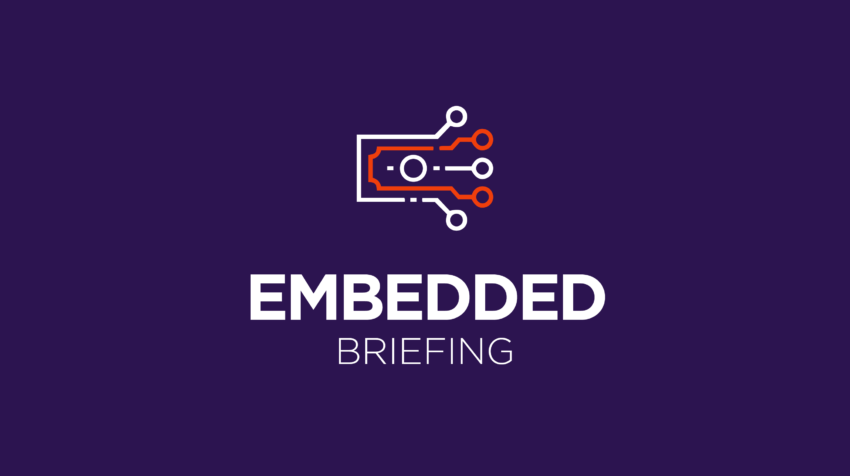Embedded Finance, Member Exclusive
Embedded Briefing: Bright prospects for B2B payments; BNPL attracting investments
- As SMBs increasingly adopt e-commerce solutions for purchasing, payments methods like B2B BNPL are becoming more attractive.
- Given that delayed payments are a regularity in the industry, the BNPL protocol can add a valuable option to the existing standards.








